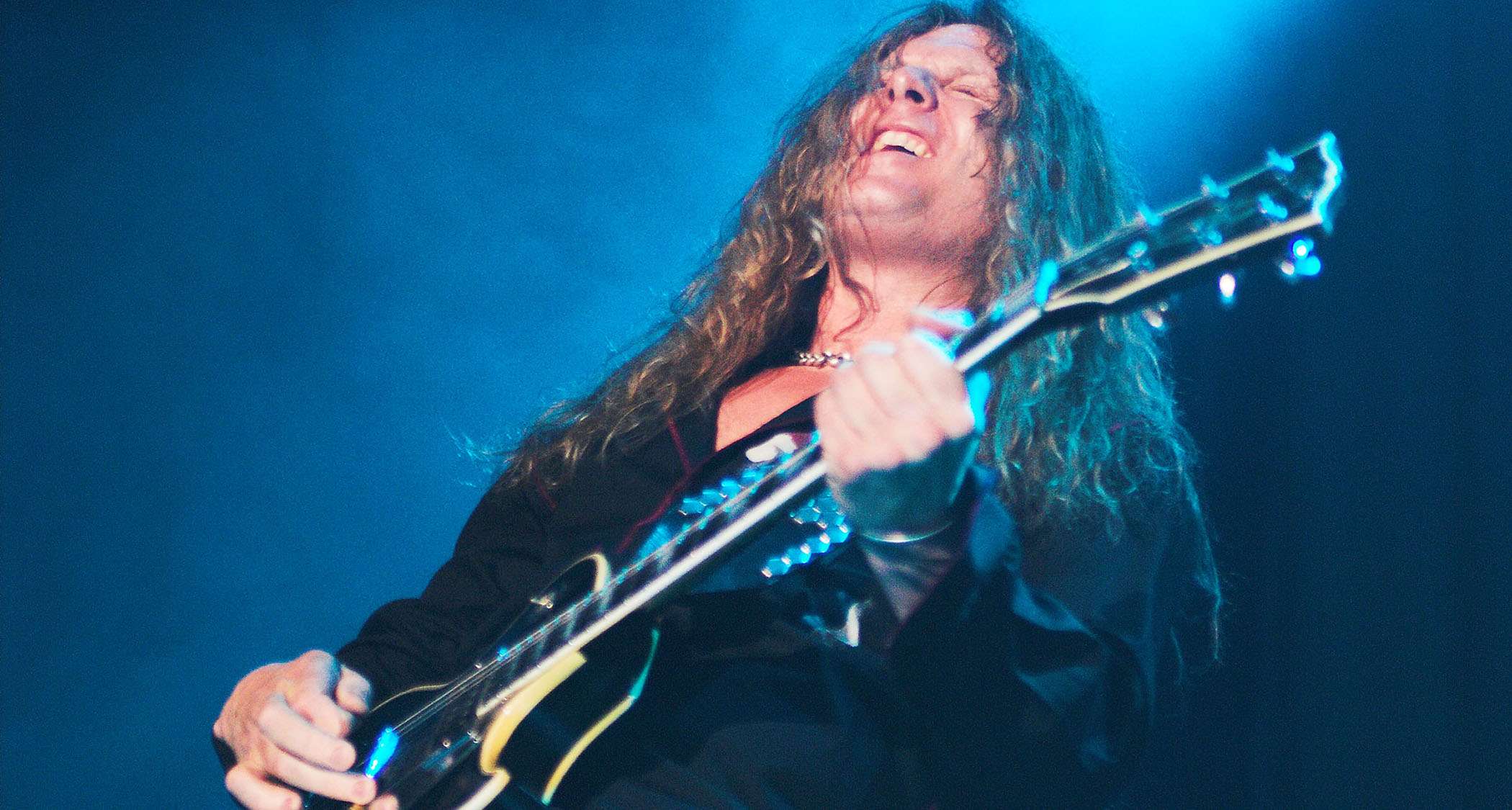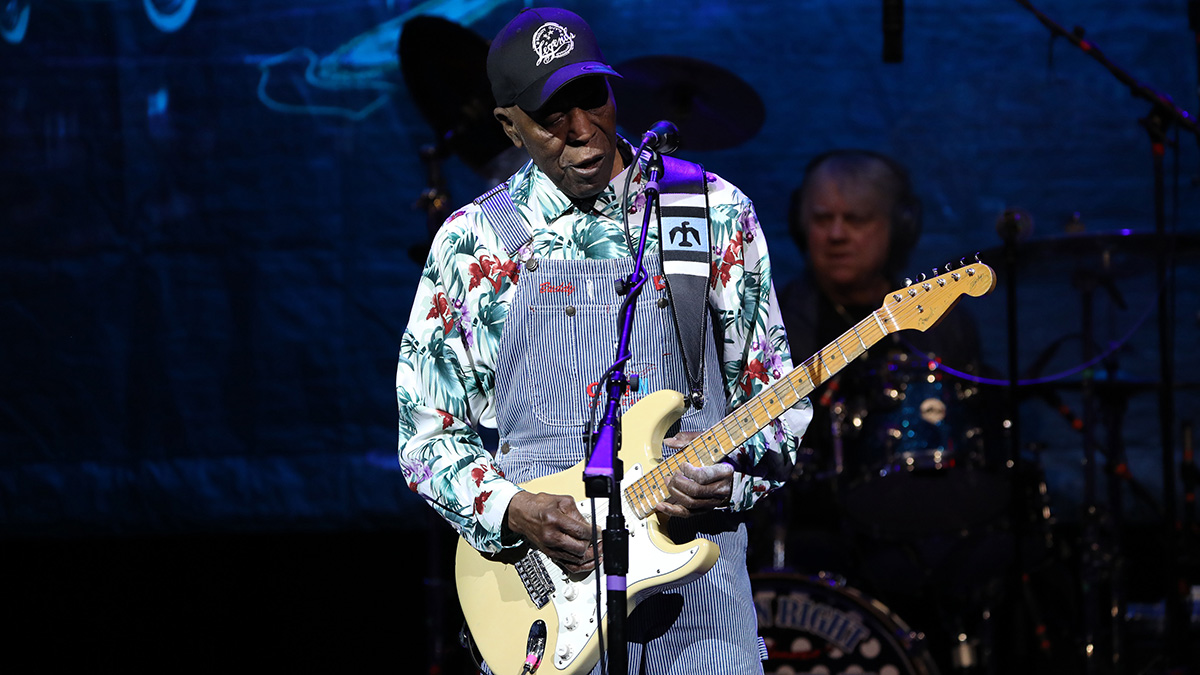The Complete Guitarist: Fun with Arpeggios
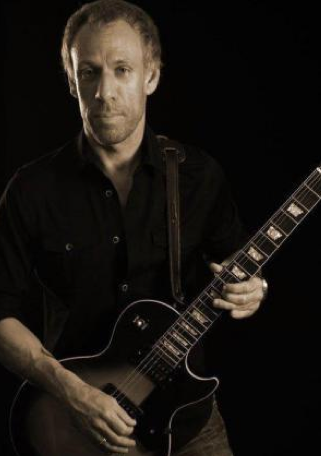
Hey, everyone! In this blog post, I'd like to discuss one of my favorite exercises to learn the fretboard and add a little mojo to your lead playing.
Before we begin, let me define what an arpeggio is. An arpeggio is a broken chord. We can play a chord two ways. The first way is to play all the notes at the same time; the second way is to play the notes one at a time, consecutively. This latter method is called an arpeggio.
The following exercise is all the chords/arpeggios in a C major scale over the the first two strings. One of the things I stress to my students is to learn the fretboard like the back of your hand, maybe even better. This exercise will definitely expedite that process, and it sounds really cool to boot (See Exercise 1 below).
Let's discuss the chords in C major. All major scales and keys have chords that are built by stacking the notes in the scale in thirds, or every other note, if you wish, in a three-note sequence called a triad. The tonality of each chord is denoted with a Roman numeral. For example, the first chord in the key of C major is C major (C, E, G). This is called the I chord. The second chord is D minor (D, F, A). The reason this is minor is because the intervals between these notes spell out a minor triad. This is called the ii chord.
The third chord is E minor (E G B). This is called the iii chord. The fourth chord is F Major (F, A, C). This is called the IV chord. The fifth chord is G major (Once we extend the chord out, the fifth chord becomes dominant, but since we are dealing with triads, it will be major) and is spelled (G, B, D). This is called the V chord.
The sixth chord in the scale is A minor (A, C, E). This is the vi chord. The seventh chord is a B diminished (B, F, A). Again, the reason this is diminished is because the intervals between these notes spell out a diminished chord. This is the vii chord. The sequence of chord tonalities is the same for all major scales. In short, in any and all major scales the I, IV and V chords are major. The ii, iii and vi chords are minor and the vii chord will be diminished.
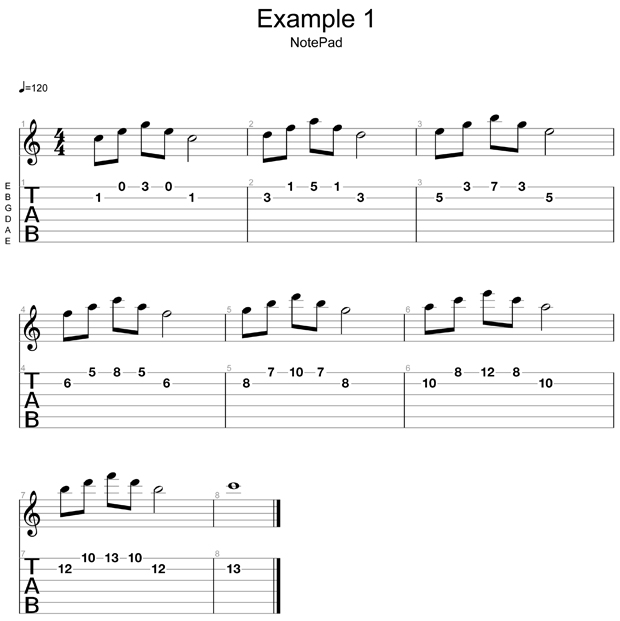
This exercise will be confined, for now, to the first two strings. We begin with the licks on the C chord and go up the fretboard diatonically, playing every broken chord in the scale from the first fret to the 12th fret (See Example 1). Keep the rhythm strict and play as always with a metronome set to about 100 bpm and play forwards and backwards.
For the next exercise, we play a different rhythm variation just to spice it up (See Example 2). Play it forwards and backwards with the metronome at 100 bpm again.
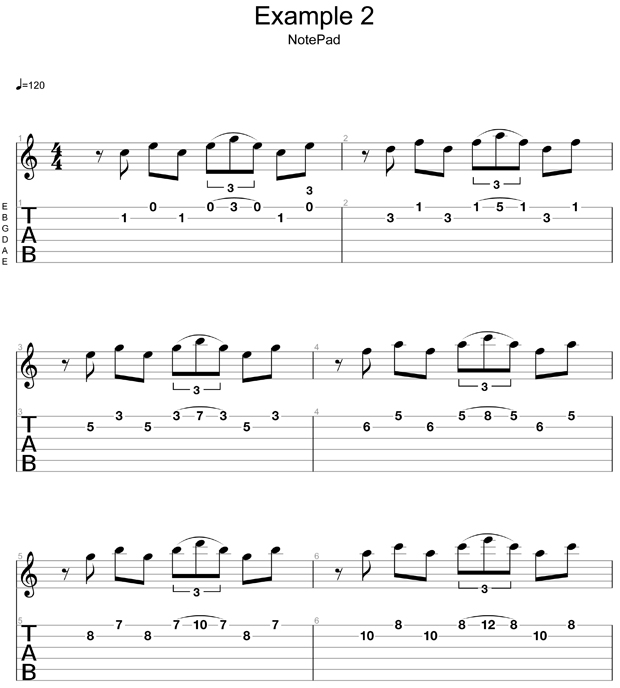
This little exercise works on many different aspect of your playing. First of all, you will learn the fretboard in a quicker, less-boring manner. You will learn where all the notes in a C major scale are. Secondly, if you are working diligently with a metronome, you will become more accurate with your rhythm, scale work and lead playing. Thirdly, you will add another dimension to your leads to hopefully develop your own style. This is just another tool in your musical toolbox to help build something beautiful and memorable with the guitar.
As lead guitar players, we all need to be able to draw from as many influences, musically, non-musically and fretboard-wise, to become stylistic. And speaking of stylistic, this exercise is in the key of C major and its relative minor is A minor. Try a few of these arpeggios over the chord changes to "Stairway To Heaven" the next time you're jamming out with your friends. Sprinkle in some minor pentatonic licks along with it, and you are definitely on the right path to finding your own unique voice on the instrument.
Keep in mind that all these arpeggios are just in one key, in one location on the fretboard. There are hundreds, maybe thousands, of possibilities in different keys and locations all over the fretboard. Try and come up with a few more on your own!
Until next time! Now get out there and get at it ...
RR
Guitarist Richard Rossicone is a veteran of the New York City and Long Island original and cover band scene. He's been playing since he was 8, when he attended his first concert (Kiss) and saw Pete Townshend smash a guitar. He has studied with various instructors over the years, which led him to a career in music therapy. He began his educational journey at Queensboro Community College, where the faculty introducing him to classical music. He received his associate's degree in fine arts in 1997 and went on to receive his bachelor's in music therapy in 2001 and his master's in music therapy from New York University in 2004. He's been Board Certified as a music therapist since 2002. Richard continued his studies at C.W. Post University, pursuing a second master's degree in classical guitar performance and music history, studying under Harris Becker. He's been teaching guitar, piano and theory since 2002 and in 2006 started his own company, Rossicone Music Studios. Visit him at Axgrinder.com
Get The Pick Newsletter
All the latest guitar news, interviews, lessons, reviews, deals and more, direct to your inbox!
“He combined the passion of Gary Moore with riffs inspired by Zeppelin and Deep Purple, plus unexpected melodic twists like Ritchie Blackmore”: He was one of ’80s rock’s great journeymen – and his searing hot lead work inspired Marty Friedman
How to get better at guitar – 10 proven ways to improve your playing fast
